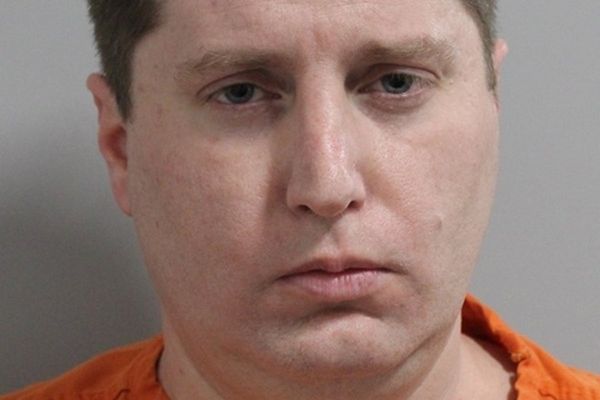
My sons have just started to love football.
We play in our living room. The couch is the endzone. I loft the ball so it doesn’t hit the ceiling, all three of us watching as it floats down to their small, outstretched hands.
Touchdown.
Touchdown.
Touchdown.
I put the Bears on and they scrunch next to me. They say “Are we doing good?” I say, “No” (usually). They’re still learning. I say: “That’s the quarterback. That’s the running back.” They say: “That’s the tackling back.”
They say: “Do we look like them when we jump?”
Last Monday night, Buffalo played Cincinnati and Damar Hamlin’s heart stopped after he made a tackle. He stood up. He stepped toward his teammates. Then he fell, his body toppling over like a toddler who has fallen asleep standing.
The first person to notice was an opponent, who pointed to the body on the ground. Medics reached him there, on his back at the 48-yard line. For nine minutes, they performed CPR on his unconscious body. They breathed air into his lungs. They shocked his chest to restart his heart.
Hamlin’s mother was there, in the stadium. Hamlin hugged her before the game. She would have seen his body crumple. She would have seen her son laying on the ground.
Players from both sides formed a circle, many crying or kneeling in prayer, to protect him: from harm and from the view of everyone who’d paid to watch his body move. From us.
What happened to Hamlin is not normal. But football players getting hurt is.
A month ago, on the same field, Miami quarterback Tua Tagovailoa took a hit to the head so hard his unconscious fingers splayed in the fencing position, a reflex of newborns.
There have been seven professional football games in Cincinnati this year. During two, ambulances have carried men from the field to the University of Cincinnati Hospital. It’s the same hospital where, five years ago, Ryan Shazier was taken from a game, paralyzed after a hit. It is possible someone who works there could have seen all three of those stretchers come in. What would that person think about football?
My sons did not see it. But they will. If they watch football, they will see bodies breaking. They will see people getting hurt.
Many are angry at league bosses, who may have tried to restart play after the injury. The feel-good story is coaches and players coming together to say: Not tonight.
The other feel-good story is Hamlin’s GoFundMe: A toy drive he organized two years ago with a goal of $2,500, a number so precious it reminds you he is — like almost every NFL player — very young, not famous and not rich. Now it has raised over $7 million.
Those stories do feel good. But then what? How will that next play be different from the last one? How will the game affect the bodies of the next players differently than the last ones?
I am mad at NFL bosses — for this, for their racist collusion against Colin Kaepernick, for their callous reaction, over and over, to violence against women by men.
But football is us, the fans. It’s our money, every dollar, that makes the owners rich. It is us that puts these men on the field, that asks them to make their bodies bigger, to hit each other harder. What we give to Hamlin’s charity does not pay down our debt.
If there is going to be a change, we have to make it. If the game does not change, we have to stop watching. I love football, but we cannot take this game with us unless it becomes different.
Damar Hamlin is 24 years old and he is alive. For three days he was unconscious, in a hospital bed, with a tube in his throat bringing oxygen into his body. Now he’s awake. I hope he’s okay.
The last thing he knows is 2nd down at Cincinnati’s 39-yard line. Hamlin’s position is safety. His job is to bring down the man coming toward him. He’s the tackling back. And he did it. The last thing he did is make the play.
My sons don’t know all this, but they see me on my phone.
“Are you watching football?” they ask, coming over to watch with me.
“Are we doing good?”
Seth Lavin is the principal at Brentano Elementary Math & Science Academy in Logan Square.
Send letters to letters@suntimes.com
The Sun-Times welcomes letters to the editor and op-eds. See our guidelines.
The views and opinions expressed by contributors are their own and do not necessarily reflect those of the Chicago Sun-Times or any of its affiliates.







